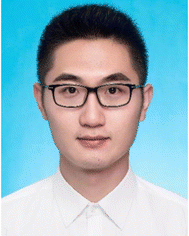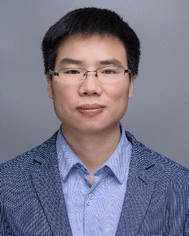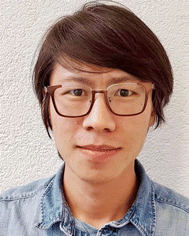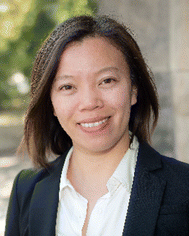Celebrating the 10th anniversary of ShanghaiTech University
Pengxin
Liu
 *,
Zhijun
Ning
*,
Zhijun
Ning
 ,
Zhujun
Wang
,
Zhujun
Wang
 and
Chunhong
Ye
and
Chunhong
Ye

ShanghaiTech University, 393 Middle Huaxia Road, Pudong, Shanghai, 201210, China. E-mail: liupx@shanghaitech.edu.cn
2023 has witnessed the tenth anniversary of ShanghaiTech University (https://www.shanghaitech.edu.cn/en), that was jointly founded by the Chinese Academy of Sciences (CAS) and Shanghai Municipal People's Government in 2013. As a small-scale university oriented towards research and innovation, ShanghaiTech University aspires to be a high-level, international university for nurturing the next generation of innovative scientists, inventors, and entrepreneurs. Located in Shanghai's Zhangjiang Hi-Tech Park, ShanghaiTech plays an important role in the development of the Zhangjiang Comprehensive National Science Center, in partnership with CAS institutes. In addition, ShanghaiTech joined the list of China's World-Class Universities Project as the youngest university in 2022. With the backing and support of our two co-founding institutions, ShanghaiTech is committed to tackling the challenges that China and the world are facing in the fields of energy, materials, environment, human health, biological engineering, data science, artificial intelligence and electrical engineering.
Materials and chemistry research is highly valued in our university, containing one of the first founded schools – the School of Physical Science and Technology (SPST) – where physicists, chemists and materials scientists work independently and cooperatively. Several institutes of ShanghaiTech also contribute to materials and chemistry research, for instance the Center for Transformative Science and the Institute of Carbon Neutrality. Besides, the proximity of neighboring world-class scientific facilities offers numerous opportunities for scientific collaborations on materials and chemistry research: Shanghai HIgh repetitioN rate XFEL and Extreme light facility (SHINE), Shanghai Synchrotron Radiation Facility (SSRF) and Shanghai Soft X-ray Free Electron Laser Facility (SXEFL), to name a few.
Motivated by the impressive progress made in materials and chemistry research at ShanghaiTech in the past decade, we organized this themed collection to highlight the excellent, diverse and interdisciplinary research. We are pleased to invite tenured and tenure-track professors from SPST and distinguished adjunct professors from institutes of CAS to contribute in this collection. As we write, the reviewing and revising progress is happening simultaneously.
While the scope of this themed collection is extensive, composed of catalytic materials, biomaterials, energy materials and characterization techniques, it cannot fully cover all the research fields in ShanghaiTech. We hope this collection serves as a staged report that attracts interest from other universities and institutes, inspiring potential collaborations and meaningful communications within the broad filed of materials and chemistry.
We'd like to express our gratitude to the Editor-in-Chief Professor Yu, the Associate Editors, and the editorial team at Materials Chemistry Frontiers for making this collection happen.
| This journal is © the Partner Organisations 2024 |




